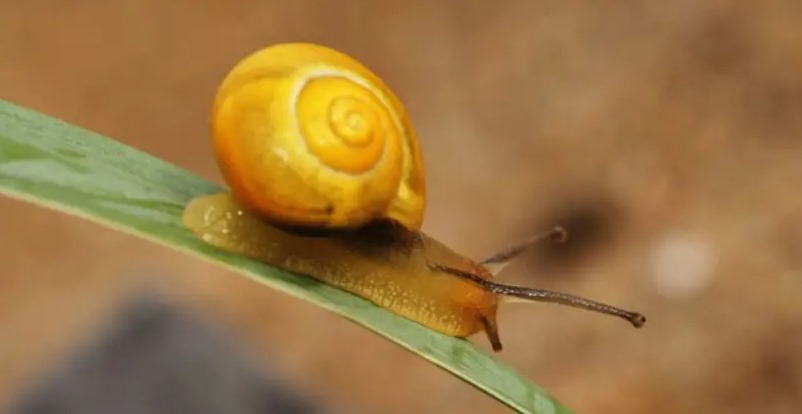In recent years, clusters of small, vividly colored pink eggs have been discovered in gardens and near water features. At first glance, these clusters may appear festive or even benign. However, they are, in fact, a clear indicator of the invasive apple snail—a species that has increasingly threatened local ecosystems worldwide. This article provides an in-depth examination of the apple snail’s origins, biology, and the significant environmental and agricultural challenges it presents. In doing so, it also discusses the potential control measures available to mitigate its spread.
Introduction
In many gardens, the sight of clusters of bright pink eggs might be mistaken for a seasonal decoration or a harmless natural phenomenon. Yet, these eggs are not ornamental; they are the reproductive output of the apple snail, an invasive freshwater mollusk that poses a serious risk to both natural and managed landscapes. Originally native to South America, the apple snail has since expanded its range across various continents, where its presence has led to considerable ecological disruptions and economic losses.
The Biology of the Apple Snail
A Closer Look at the Invasive Mollusk
The apple snail is distinguished by its size and reproductive capacity. Unlike the common garden snails, apple snails are considerably larger, with some species boasting shells that can reach up to ten centimeters in diameter. Their impressive size and distinctive appearance have made them subjects of both fascination and concern among scientists and environmentalists.
https://youtu.be/i9qDijE0vyk









